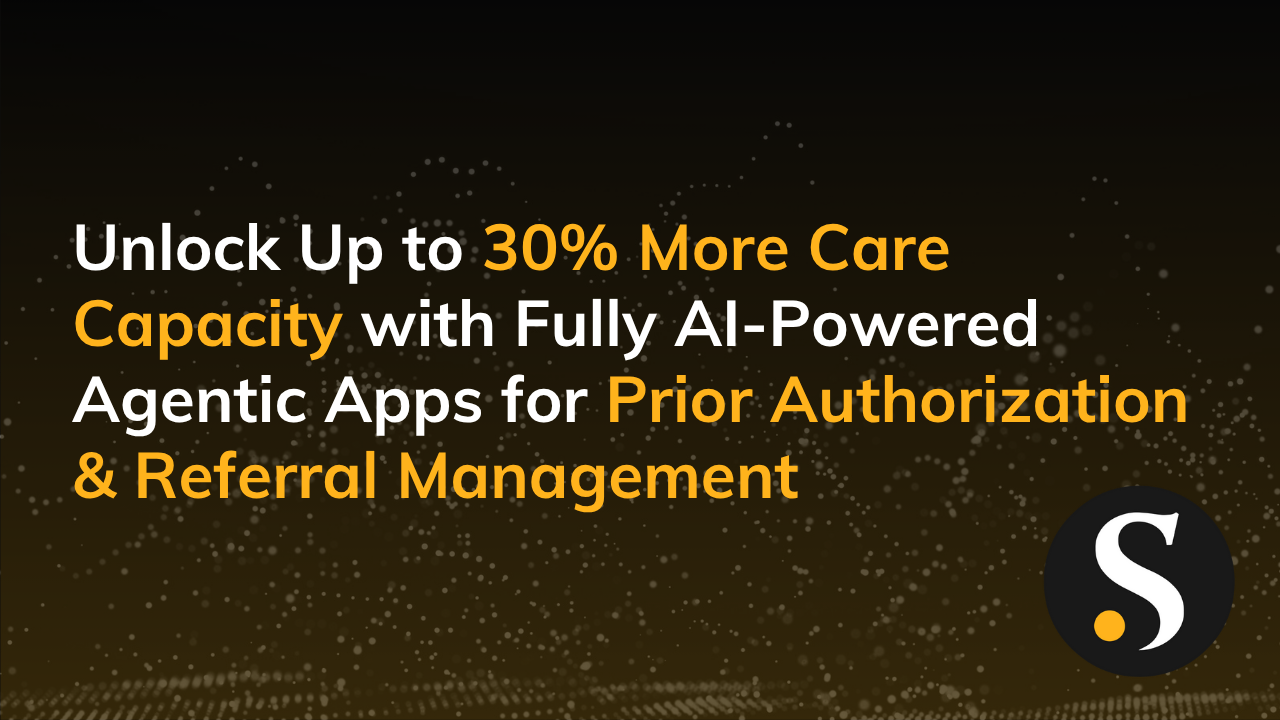Every technology leader knows that software solutions have their own lifecycles. Managing technical debt through the lifecycle is rarely prioritized. Once the solution nears the end of its lifecycle, you have to either upgrade or replace it entirely. Strategically modernizing legacy systems is necessary, or you will put your business at risk.
Companies tend to show less urgency towards upgrading their legacy systems, especially when these systems have been around for years. The cost of upgrading is what keeps most organizations from investing in modernizing their legacy systems. However, this “if it ain’t broken, why fix it” attitude doesn’t fit well in the context of technology.
While your legacy systems may be reliable workhorses your teams depend on, these are often costly to maintain, lack proper support, and fail to improve efficiencies in your organization.
You may think you’re spending less with your trusted legacy system. You’re actually overlooking intangible expenses that are likely to cost your business in the long run. Tracking your technical debt, much like depreciating an asset, is key.
So, what are these hidden costs? And how do they stack up against the use of legacy technology? Let’s dig in.
The Cost of Hiring Talent
Technology moves quickly—preferred coding languages change, evolve, and die over time. The career path for a skilled Python or REACT developer is clearer than one who maintains a legacy BASIC system. People early in their career want to latch onto skills they can leverage for the future.
According to a recent PwC survey, 59% of millennials said the employer’s provision of the latest technology was essential to them when taking up the job. And 65% of millennials worldwide feel that an outdated and rigid working style only holds them back.
Naturally, younger workers will align themselves with companies that provide the latest technology to best serve their skillsets. With legacy systems, you’ll have difficulty finding new talent. Even if you manage to find them, they’re likely to leave soon.
Another cost to consider? Your legacy system requires a specialized skill-set, and your business will depend on these few individuals for all the answers and their salaries will balloon over time. Once these team members leave, your organization will lose all of the knowledge of managing the system. Finding relevant talent in such cases can quickly turn into a costly proposition as well.
The Cost of Keeping Talent
You may think your legacy system works well enough for current business operations. Perhaps you’re already investing time and money to train your employees to learn an old system.
While this approach may be beneficial for your organization, it is hurting your employees in the long run. You are more likely to invite turnover and burnout by preventing your team from acquiring new skills.
Employees tend to stay at organizations that empower them to learn new skills and technologies. A 2018 Workplace Learning Report from LinkedIn shows that 94% of employees would stay longer if their company invested in their careers.
Said another way, people want to build skills that will keep them relevant in the marketplace and they want to stay at the companies that help them do that. Savvy employees who see the writing on the wall will leave.
The Cost of Maintaining Legacy Systems
Right from the infrastructure to licensing, the maintenance cost of these systems is higher, and they pile up further as your technology ages.
You’ll have difficulty finding compatible hardware. The support contracts can get expensive, and you may require relying on third-party services to keep your system running.
The U.S. Government Accountability Office (GAO) shared a report last year, which reveals that the government planned to spend $90 billion on IT, out of which, about 80% was allocated to operate and maintain legacy systems.
If you’re in the same situation, you’re not only losing money on the upkeep of these outdated systems but also losing opportunities for growth by spending a large budget on operation and maintenance.
The Cost of No BI
The modern workplace is all about improving productivity through collaboration and data. Most legacy systems don’t integrate with this new way of working.
Improving key business processes and outcomes start with understanding them. Many old systems are not set up for user-friendly reporting or easy modes of getting data out of them. Because of that, you lack the insight necessary to improve upon key business processes.
Modern analytics tools such as Power BI make this possible by bridging the gap. Power BI is not just a visualization tool. It can be used to connect all your data and gives you a consolidated view of how well your business is doing through interactive dashboards and reports. With easy access to valuable insights, these tools let you make informed business decisions and make more space for innovation.
Retire Legacy Systems and Modernize Your Tech Stack
Modernizing your legacy system comes at a cost, which you may prefer to avoid as long as your existing technology is “good enough.” In doing so, you’re losing money and limiting your organization from reaching its potential.
Instead of only dwelling on the initial investment, weigh it against the costs of doing nothing. The answer is simple. It’s time to retire your clunky digital platforms and modernize your tech stack.
________
The Skypoint CSG team is here to help you ditch your legacy systems in favor of modernized data processes and technology. Reach out to us!




